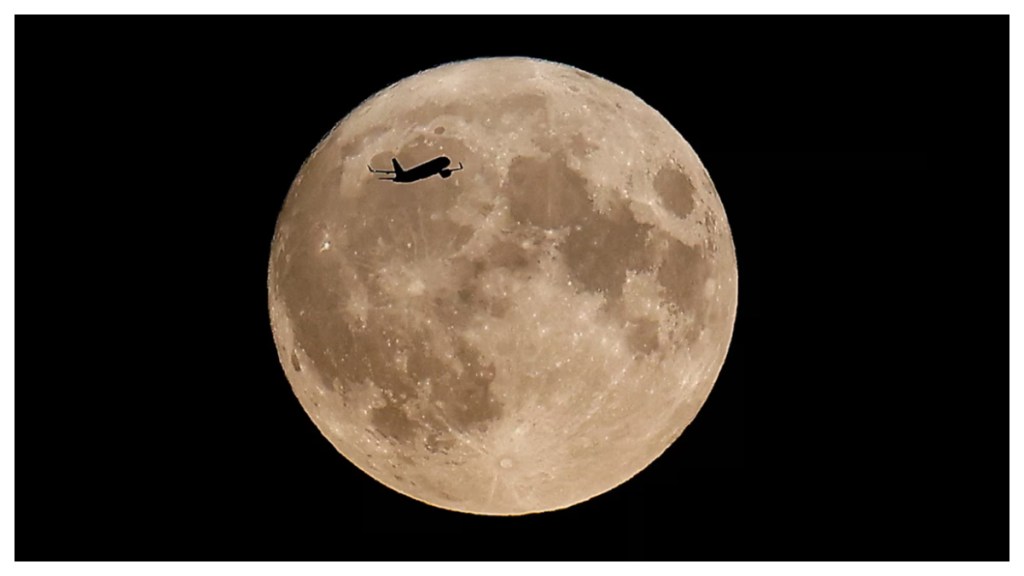Super Blue Moon August 2024: This year is serving up a cosmic treat with not one, but four supermoons lined up in a row. The first of these spectacular events will illuminate the night sky today on August 19. And here’s the kicker: this Supermoon will be a rare Blue Moon! But what makes a supermoon so special? According to NASA, a supermoon occurs when the moon is within 90 percent of its closest approach to Earth, making it appear unusually large and bright.
The term ‘supermoon‘ was first coined by astronomer Richard Nolle in 1979, and it’s become synonymous with some of the most breathtaking lunar displays. A full supermoon is about 30 percent brighter and 14 percent larger than a standard full moon. Though the differences might be subtle to the naked eye, the enhanced brightness and size make it a sight worth watching. Get ready to gaze up and marvel at this celestial marvel—your chance to see the moon in its most glorious form is just around the corner!
Why is this Supermoon Blue Moon rare and significant?
A Super Blue Moon is a celestial gem that doesn’t come around often, blending the rarity of a supermoon with the uncommon blue moon phenomenon about once every 10 to 20 years. The next chance to catch this rare combination will be in January and March 2037, making August 2024 a particularly special treat for stargazers.
This year’s Super Blue Moon holds an extra layer of significance, as it graces the night sky during Raksha Bandhan, a cherished Indian festival that honors the special bond between brothers and sisters. While you celebrate this heartfelt tradition, don’t miss the chance to glance skyward and marvel at this spectacular lunar event. It’s a perfect moment to blend celestial wonder with festive joy!
When and Where to spot the Supermoon Blue Moon?
The Supermoon Blue Moon will make its dazzling debut on August 19, reaching its full grandeur at 2:26 PM EDT (which translates to just after midnight IST). But don’t worry if the exact moment doesn’t line up with your schedule — the moon will still be shining brightly in its near-full glory before and after the peak.
In North America, this cosmic marvel will be on display for a full three days—from the morning of August 18 through the early hours of August 21. For people in Asia and Australia, the moon will grace the skies on the morning of August 20, starting from Nepal Standard Time and stretching across Asia and Australia.
Europe and Africa will catch their view of this lunar phenomenon on the night of August 19 through to the early hours of August 20. and no matter where you are, this Supermoon Blue Moon promises to be a stunning sight, lighting up the night with its rare and radiant glow.
How to view Super Blue Moon?
For an unforgettable view of the Supermoon, seek out a spot where the horizon stretches wide and the air is clear. To catch the moon at its most breathtaking, head to an open space with minimal city light pollution and look east-southeast shortly after moonrise.
While the supermoon is stunning to the naked eye, binoculars or a telescope can unlock even more details of its surface, offering a deeper dive into its lunar features. Make sure to check your local weather forecast for a cloud-free night to maximize your viewing pleasure.
To fully enjoy the spectacle, give your eyes time to adjust to the darkness. Your vision will gradually sharpen, with color perception improving in about 10 minutes and black-and-white vision taking up to an hour. To preserve your night vision, steer clear of bright lights and let your eyes acclimate to the evening sky.

